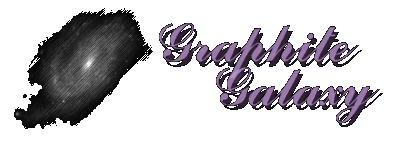|
168P / Hergenrother (Comet)
|
|
Also known as: Comet Hergenrother, 168P
|
|
Right ascension: 0h 0m
|
Declination: 25° 41'
|
|
Constellation: Hercules
|
|
Date/time: 2012.10.08 22:10 UT
|
|
Equipment: 12" f/5 Newtonian
|
|
FoV: 24'
|
Magnification and filter(s): 167x
|
|
Seeing: 4/10
|
Transparency: 2/5
|
|
SQM: 21.06 m/as2
|
Temperature: 5°C
|
|
Humidity: low
|
Wind: breeze
|
|
Sight: 3 - definite details, interesting look
|
|
Difficulty: 4 - hardly visible, dark adaptation and very dark skies needed, averted vision is required to see details
|
|
Position: 2 - easy, bright star nearby
|
|
Location: Nádasdladány, Hungary
|
|
Observer: Ferenc Lovró
|
Description:
Surprisingly bright comet, its cone shape can be noticed even with the smallest magnification. Its a rather large object, by increasing power and especially by using averted vision its N-S elongated tail becomes more and more spectacular, can be separated to three definite parts: on its Western border a longer tail can be seen, in the middle a little but bright cone can be noticed and finally to the South I can see another brighter filament that's not as spectacular like the two others. Unfortunately it's not easy to observe this bright object this time, because thin clouds are going by, sometimes completely covering Alpha and Beta Herculis.
|
|
Hi-resolution image: [ reversed sketch | original sketch ]
|


 gmail*com.
gmail*com. ikonra kattintva magyarul is olvashatod az észlelést.
ikonra kattintva magyarul is olvashatod az észlelést. [25]
[25]
